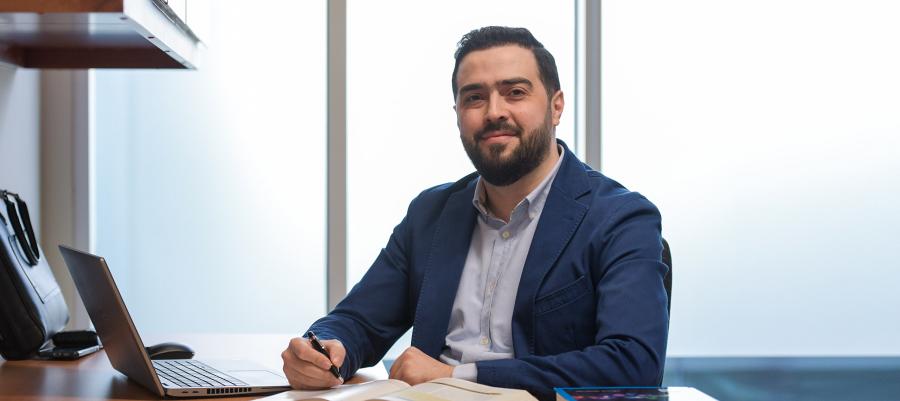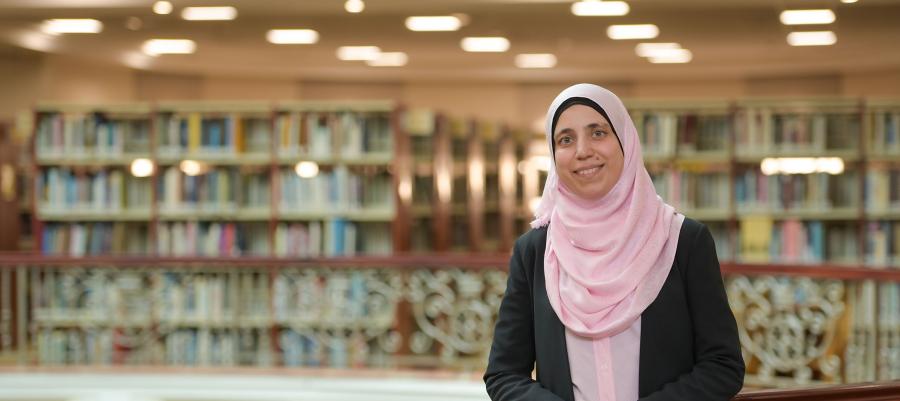Students pursuing a PhD in Business Administration (PhD-BA) with a concentration in finance at American University of Sharjah (AUS) or University of South Carolina (UofSC) will now have the opportunity to have their degree awarded dually by both universities. A new agreement between AUS and UofSC will allow their respective PhD-BA students to spend the second year of their PhD program abroad, benefiting from the experience of international study and the awarding of a degree from two high-ranking institutions.
The PhD-BA at UofSC is offered by the Darla Moore School of Business, one of the United States’ most renowned business schools. The Moore school is the top-ranked business school in the US for international business at both the undergraduate and graduate levels (U.S. News & World Report) and the faculty are recognized as the world leader in research published in the Journal of International Business Studies, since its inception in 1970 (JIBS, 48(9).
The AUS PhD-BA is offered through the university’s School of Business Administration (SBA). AUS is currently ranked by Times Higher Education World University Subject Rankings as top in the UAE for business and economics (2022). SBA’s MBA is recognized as being in the Middle East and Africa’s top 10 and among the world’s top 250 in the QS Global MBA Rankings (2022). In the recent QS World University Subject Rankings (2022) AUS was named number one (tied) in the UAE and among the top 250 universities globally for accounting and finance and number one in the UAE and among the top 250 in the world for business and management studies. The same rankings also placed graduates who have studied business and management and accounting and finance at AUS as being the top choice for employers in the UAE.
According to Dr. Narjess Boubakri, SBA Dean, the new dual program presents unique opportunities for ambitious students looking to achieve at the highest levels.
“A PhD from either Darla Moore or SBA is an impressive feat. However, having a PhD degree from both institutions will be enormously beneficial to students looking to accelerate their position as business leaders or pursue careers in academia. For many AUS students, undertaking a PhD abroad is not practical given work or family commitments. However, this dual degree program now makes a PhD from abroad possible for these students, as they need only spend one year abroad. Such experience will give them a wealth of international connections and an appreciation of diverse cultures.”
Students in the program will be under the supervision of faculty from both universities, and their research dissertation will be co-supervised by faculty from both AUS and UofSC. However, students will need to take only one comprehensive exam, which will be administered by both institutions and the time to complete the dual program is the same as the standard program. Due to limited places, admission to the program will be competitive. Those who are successful will benefit from assistance in applying for visas, insurance and housing for their time abroad. Students will also be eligible for scholarships and stipend support to assist with academic and living costs.
Professor Kendall Roth, Senior Associate Dean of International Programs and Partnerships at Darla Moore, said:
“Partnering with one of the most prestigious universities in the region is a real honor and very exciting for us. Combining AUS’ strengths in finance with our 30+ years as the top research and educational program in international business will be a fantastic experience for the dynamic student. We also look forward to new collaborations between our professors at the frontiers of research in international business and finance.”
Applications for AUS’ PhD-BA are now open for Fall Semester 2022. For more, see www.aus.edu/sba/department-of-finance/phd-in-business-administration-phd.





.png)
